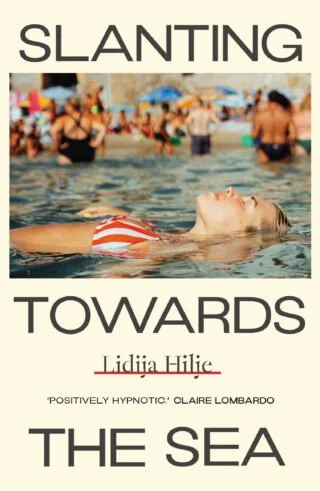The Homemade God, Rachel Joyce
Rachel Joyce’s seventh novel explores the aftermath of a patriarch’s death. Vic Kemp is a self-taught artist who has made a fortune from semi-erotic paintings. Despite his hard drinking and womanizing, his four children – who he raised solo after their mother’s early death – adore him and believe they will always come first in his life. They are therefore horrified when their seventy-six-year-old father marries Bella-Mae, a conceptual artist ‘six years younger than [his] youngest daughter’, and decamps with her to his Italian villa. But worse is to come when, soon after, Vic’s lifeless body is found in the local lake. His distraught children fly out to Italy to meet their stepmother for the first time. The weeks that follow will change their lives irrevocably.
The Homemade God offers much to enjoy. Joyce writes ravishingly about the family villa with its ‘fading seventeenth-century frescoes’ and its garden’s ‘perfect shade of fig, cypress and palm’, and about nearby Lake Orta with its ‘magical reflections’. Vic’s marriage to Bella-Mae and subsequent death give the narrative a compelling element of mystery. Three of the Kemp siblings warm to their stepmother, who makes unhappily married Susan feel ‘sensual and womanly’, inspires unconfident Iris through her feminist beliefs, and charms gentle Gustav (known as Goose) by ‘the intensity with which she listen[s]’. However, the strong-willed Netta remains convinced that Bella-Mae is a liar, and probably a murderer. Could she be right? Joyce keeps the reader guessing until the novel’s startling climax.
Where Joyce is at her strongest is in her depiction of how grief leads the siblings to re-evaluate their lives and relationships. Goose is forced to confront a devastating past betrayal by his father, while his sisters air old grievances: Susan feels Netta has made her into the family ‘runner-up’; both envy Iris for being their father’s favourite; Iris resents them for treating her as ‘a prize to be fought over’ rather than as a ‘real person’. Soon the close-knit family unit begins to fall apart. However, this turbulent period also yields unexpectedly positive outcomes, especially for the likeable Goose. After years in his father’s shadow, he finally acknowledges his own artistic talent and recognizes ‘if he does not paint, he is only a fragment of himself’.
Joyce’s intense scrutiny of the Kemp siblings means some of her secondary characters are less well-drawn. Susan’s bumbling husband Warwick and Don Juan-like lover Laszlo come dangerously close to caricature, while Bella-Mae is perhaps a little too mysterious. Overall, though, this is an intelligent and emotionally satisfying novel, with a heartening message that loss, however painful, can also be unexpectedly liberating.
Editorial Picks




